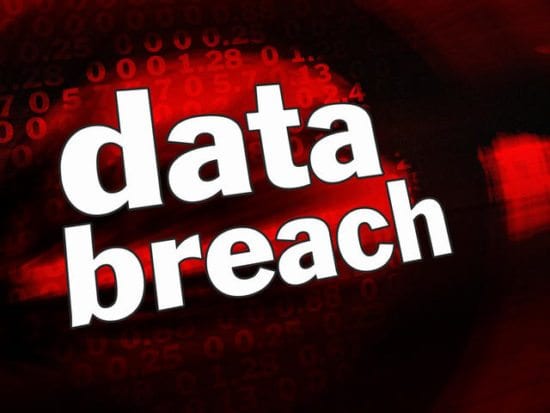It has been reported that the San Francisco Employees’ Retirement System (SFERS) said it suffered a data breach after an unauthorised person gained access to a database hosted in a test environment. In a data breach notification filed yesterday, SFERS stated that one of their vendors had set up a test environment that included a database containing the information for approximately 74,000 SFERS members. While SFERS states that no Social Security Numbers or bank account information was contained in the breach, there was enough personal information exposed that could be used by threat actors in attacks. The leaked information for all members includes a member’s name, address, date of birth, and beneficiary information.
The opinions expressed in this post belongs to the individual contributors and do not necessarily reflect the views of Information Security Buzz.



